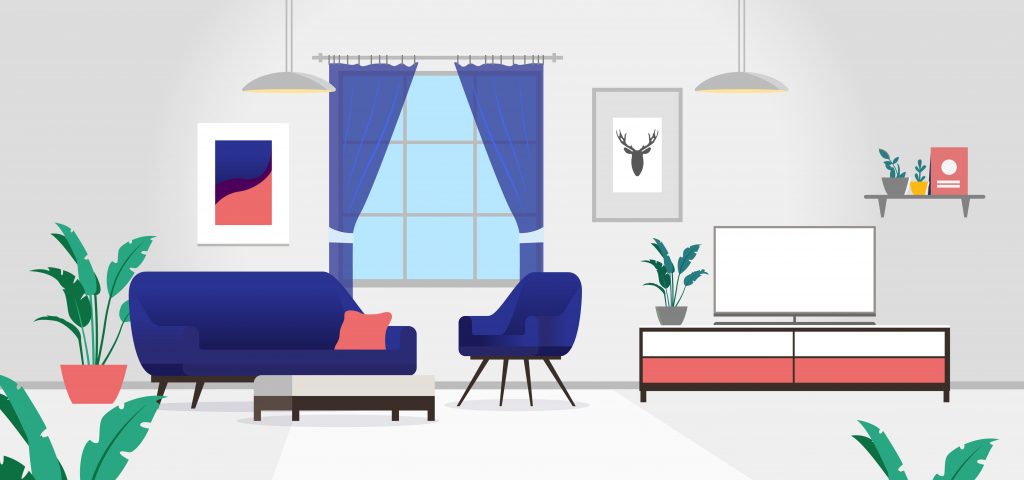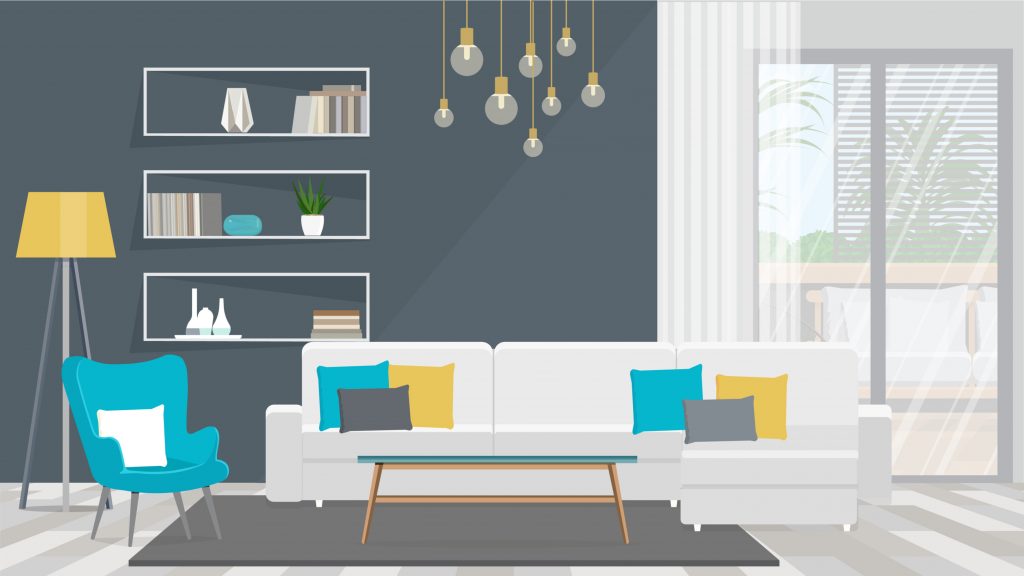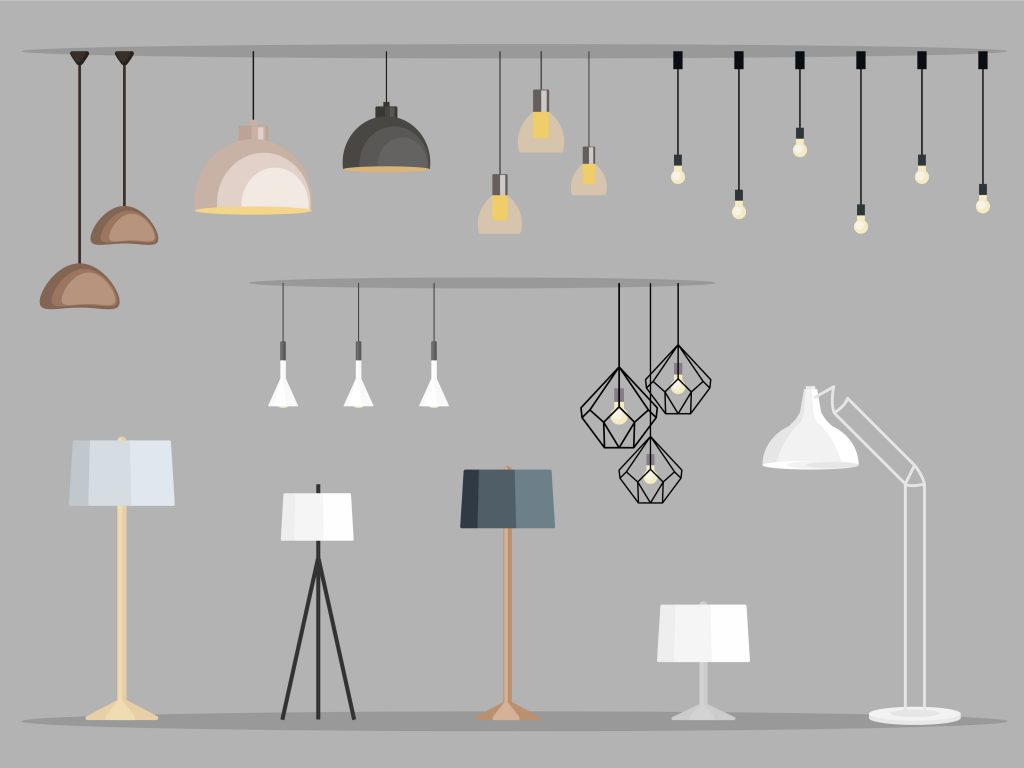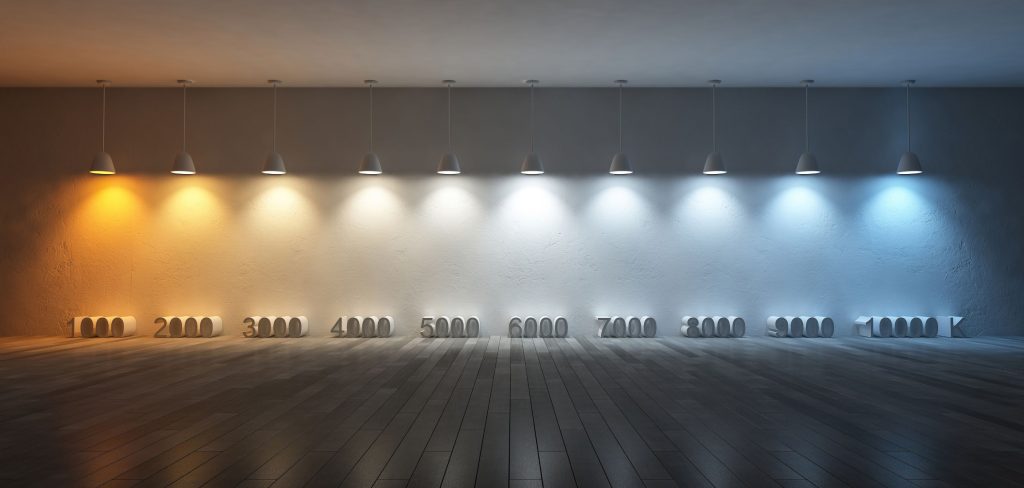Have you ever purchased something online only to have it arrive looking very different than you expected it to, or it just didn’t look as good in your space as you thought it would? Have you ever purchased an item at the store based off the image on its packaging only to be disappointed by the poor quality once you got it home and unwrapped?
There’s no substitute for being able to see, touch, and try out an item before making a purchase. This is true for any purchase, but it’s especially important when you’re buying things for your home! Your home needs to be somewhere you’re comfortable and can feel relaxed – and good lighting is absolutely essential to creating that environment!
Don’t leave your lighting purchases up to chance. If you’ve never been to a lighting showroom before, here are a few things you can expect to happen on your next visit.
Huge Selection of Quality Fixtures
When you shop online, it can be overwhelming and frustrating trying to sort through all of the options to find something you like, and it’s always a gamble as to whether it will look right once you get it.
Lighting showrooms specialize in one thing: getting you the perfect light for your home. We have access to thousands of lighting options, and our lighting experts can help you sift through it all to find exactly what you need – without hours of frustrating internet searches.
Showroom owners are choosy about what they’ll offer to customers, so you won’t have to worry about getting a dud.
See Everything in Person
When buying light fixtures, you’re usually trying to set up an entire room with balanced needs. Unless you are a trained interior designer (and even if you are), it’s very difficult to gauge style, size, space, and balance just from a picture.
Fixtures look really different when they’re off and on, and the way they cast light can change the feel of a space. It’s also hard to see small details and textures on finishes. Being able to see the light in person before buying can save you the headache of having to return a dark brown fixture you thought was black or a lantern that casts shadows you weren’t expecting.
Personalized Expert Advice
Most DIY homeowners and interior designers know what it feels like to thoroughly research and still feel dissatisfied with the end result. It doesn’t matter how many how-to videos you watch – the person on the other end can’t give you personalized advice specific to your project.
With something as crucial to your design as lighting, it’s a really good idea to check over design plans with an expert on the topic before you get started.
When you stop in at our showroom, our lighting experts can teach you how to select the right bulbs for your needs, get the best light fixture for your money, and instruct you on proper installation, all as a regular part of your shopping experience. You won’t get that level of personalized expertise anywhere else!
Better Value for Your Money
Many believe that lighting showrooms charge “boutique” prices that are much higher than you’ll find online or at the hardware store. This simply isn’t true. When you visit a showroom, you’ll find that showrooms charge comparable prices to other fixture suppliers, and they have higher quality pieces.
———————-
Let’s Recap
When it really gets down to it, if you’re shopping online or at a hardware store, you’re gambling on quality and not getting the best value for your money.
The next time you’re shopping for lighting, make sure you include a lighting showroom in your process. When you shop at a showroom, you can see what you’re buying before you take it home. When you factor in the free expert advice, the higher quality fixtures, and the time saved, you’re actually paying less to get exactly what you need for your home.
———————-
Ready for your showroom experience? Check us out at Pine Grove Lighting!








































